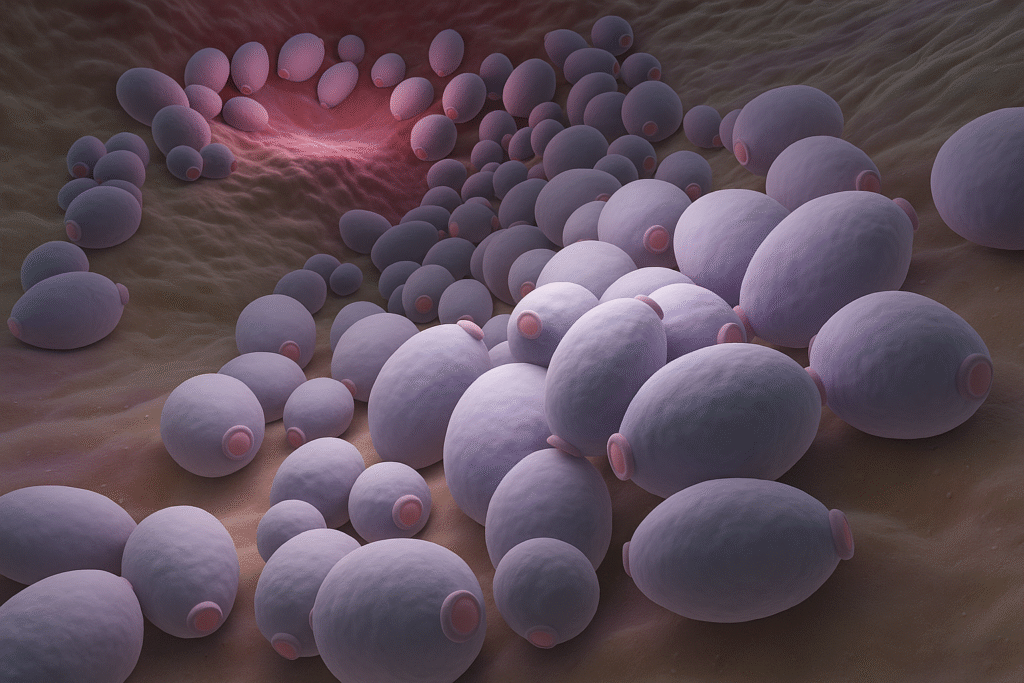Understanding Andrigolitis: A Modern Medical Puzzle
If you’re unfamiliar with Andrigolitis, don’t worry; it’s hardly known. The medical world is excited about this new term for good reason. Though many people are not familiar with it yet, andrigolitis could end up having serious effects on general health. If you’re unsure about unusual medical symptoms or interested in learning about new medical conditions, you should learn about what andrigolitis entails.
Basically, andrigolitis happens when swelling or inflammation occurs in parts of the body. Until the illness is fully understood, doctors believe it could result from genes, environment and personal habits. Early detection and immediate handling are often very important in treating these diseases.
How to Spot the Illness: Andrigolitis Symptoms
Because its symptoms are similar to others, it can be difficult to detect andrigolitis at the start. Even so, a few indicators appear to be common to multiple investigations. Most individuals have persistent joint discomfort, experience constant tiredness and have swelling in some parts from time to time. It is also common for some people to experience brain fog, slight fever or skin problems.
Difficulty arises from the fact that symptoms in the first stages are so mild. Some people think they are only a sign of stress or getting old. They have urged patients not to ignore facts about cancer. If a number of these symptoms have lasted more than a few weeks, arrange to speak with your GP.
Experts depend on testing blood, doing imaging scans and discussing a patient’s health history to make a diagnosis. Getting to know andrigolitis has encouraged more medical experts to identify its distinctive signs.
Why Does Andrigolitis Happen?
Even though there is no definite cause for andrigolitis, interesting theories have been suggested. Experts believe immune system problems are a leading cause. Basically, the body can attack its own tissues which often results in constant inflammation.
It looks like genetic background plays a part in the disease too. Being diagnosed with inflammatory or autoimmune problems has been shown to increase the likelihood that a close family member will get andrigolitis.
We can’t overlook environmental factors either. Even if a child is exposed to pollutants, allergens or infections for a long time, these things can start an attack. New studies have linked stress and problems with nutrition as possible reasons for quicker aging.
While the system is complex, these insights guide both ways to prevent and treat problems. The first thing you should do is learn about your risk factors for andrigolitis.
New Progress in 2025 for Managing Andrigolitis
A successful approach to andrigolitis treatment requires more than one plan. The old way of treating all patients the same is no longer common. Today, doctors partner with patients to create special plans that deal with their symptoms as well as their underlying conditions.
NSAIDs which fight inflammation, are generally used as the first step in treatment. They can help lower the amount of pain and swelling which can improve your daily experience.
Sometimes, if the immune gadget is fairly active, medical doctors introduce immunosuppressants or biologics to manipulate it.
What’s most interesting now is the increase in importance of integrative medicine. Now, nutritionists join forces with physicians to recognize possible food intolerances or nutrient shortages provokingandrigolits. More people are trying physical therapy and gentle exercises such as swimming or yoga, to move with ease without putting heavy strain on the body.
Some people can ease their health issues by using acupuncture or learning mindfulness which can soothe pathways associated with chronic stress. Taking a complete approach is necessary to overcome this difficult condition.
Can you prevent Andrigolitis from appearing? Easy Ways to Be a Difference Maker
It may seem unlikely to fully avoid andrigolitis because so much is out of our hands, but there’s a positive development. Changing certain habits in your life can decrease your risk by a lot.
Pay attention to your immune system first. If you eat omega-3s, lots of leafy greens and fruits full of antioxidants, inflammation can be reduced naturally. Reduce the amount of processed foods and sugars you eat, as they are known to make symptoms worse.
You should also make sure to exercise. Leading an active life boosts heart health, as well as joint flexibility and can help decrease whole body inflammation. Make sure your exercise combines cardio and weightlifting, adjusted based on your experience.
Don’t forget how important it is to support mental health. Continual stress can seriously disrupt your body’s defense mechanisms. Try to practise mindfulness, get a good night’s sleep and stay socially connected to help lessen andrigolitis.
Regular doctor appointments and attention to small health problems may mean catching any symptoms earlier, helping you respond better.
The Lates Findings in Andrigolitis Research
Over the past few years, researchers have stepped up their efforts to learn more about andrigolitis. Researchers have begun analyzing different cellular markers to develop improved ways to find the disease before people experience serious symptoms.
Some experts are now looking at the role of the gut microbiome. Scientists are studying whether the healthy bacteria in the gut could help defend the body against illnesses like andrigolitis. Doctors are experimenting with specific probiotics that could restore the health of the gut and reduce symptoms.
Progress in imaging technology is also getting plenty of attention. Progress in MRI methods makes it easier to observe tissue inflammation, helping doctors trace disease development and update the treatment approach.
The best thing about it? Much of these new discoveries are coming from medical research that patients are involved in and that is freely accessible. If you prefer to be up to date, following these breakthroughs might fill you with new hope and control.
What Patients Are Saying About Andrigolitis and Everyday Life
While andrigolitis can feel like a rollercoaster, it doesn’t always dictate your life. Thanks to improved recognition and availability of treatments, those who struggled before can often find ways to do well.
Internet sites and forums have become a place for some to share knowledge, boost each other and enjoy achievements. For others, it includes setting aside routines that favour rest and small amounts of activity. Often, personal experiences confirm that you need to stay aware of your body—take breaks when you have to, but try not to stop completely.
The feeling of resilience I see in many of these stories is truly inspiring. When helped and if they are proactive, most people are able to enjoy life while handling theirlopinis mansen disease.
Overall, Andrigolitis shows how knowledge gives people strong skills.
The main lesson from all this research on andrigolitis is that awareness and action work together. Since we are only now discovering the impact of this condition, initial results show some progress. Today, we see progress happening quickly from noticing symptoms to researching more.
Keeping yourself updated and getting out ahead can allow you to help or support those who are having problems. Further research points to the belief that we are nearly ready for impressive new findings on rigolitis.
Being involved in learning about the latest news helps, regardless of your reason which is a strong tool to fight with.
Questions and Answers About Andrigolitis
Is andrigolitis classified as an autoimmune disorder?
Although no official diagnosis exists, many researchers suspect that andrigolitis can cause the body to attack its own organs by mistake.
Is it possible for andrigolitis to clear up without treatment?
Sometimes, symptoms get better on their own, but most patients need to treat the inflammation to help avoid outbreaks.
How do andrigolitis and arthritis differ from each other?
Both affect the joints and cause inflammation, although andrigolitis has wider systemic results and is thought to stem from more complex immune processes.
Is there any way to treat andrigolitis?
So far, there isn’t a cure, though many patients receive great relief with the help of drugs, new eating habits and counseling.
What is the prognosis for those living with andrigolitis?
Thanks to the right care plan, several individuals continue to enjoy busy and satisfying lives after their diagnosis.



